21 Wild Animals in North Korea [Wildlife in North Korea]
Want to know more about the wildlife in North Korea?
Discover 21 wild animals in North Korea in this post, as well as interesting facts about them. 🇰🇵
Learn All About North Korean Animals
Ready to learn all about North Korean animals?
I’ve always been fascinated by animals, and by how they can be so different from one country to another. In this guide, we’ll focus on the many animals North Korea has on the land, in the sky, and underwater.
I’ve split the guide into 4 categories:
- Native animals from North Korea
- Endangered animals of North Korea
- What is the national animal of North Korea?
- How many animals native to North Korea?
Let’s dive in right away with our first category!
Native Animals from North Korea
North Korea, formally known as the Democratic People’s Republic of Korea or DPRK, is an Asian country located in the eastern part of the continent, on the Korean Peninsula. It is known for being ruled by a dictator and hiding much of its activities, was separated from South Korea after no agreement was found in the aftermath of World War II (although no formal peace treaty was signed), and used to be a Japanese colony. It is bordered by China, Russia, and South Korea, and its capital and largest city is Pyongyang, which counts more than 2,870,000 inhabitants.
An interesting part of the country that I wanted to tackle is its wildlife. In light of that, I have listed the best of it, and I hope you will love learning what animals live in North Korea.
Here’s the North Korea animals list.
1. Korean hare
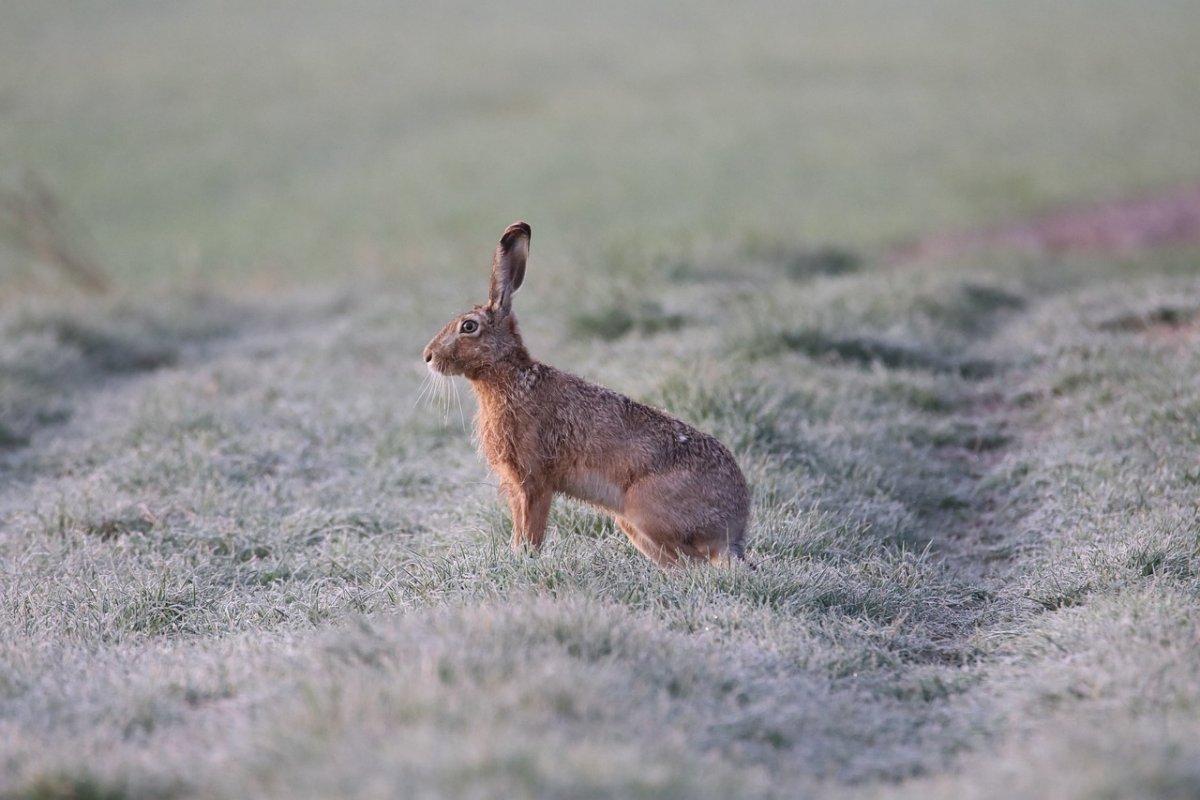
- Name: Korean hare
- Scientific name: Lepus coreanus
- Conservation status:
The Korean hare is a species of lagomorph native to the Korean Peninsula and neighboring areas of northeastern China. It inhabits a broad range of habitats, from cultivated land and plains to remote mountain forests and mountainous regions.
This hare is pretty common within its range, although the trend of its population is not known. However, the Ministry of Environment of South Korea designated it as a potentially endangered species in 2018.
2. Northern pika
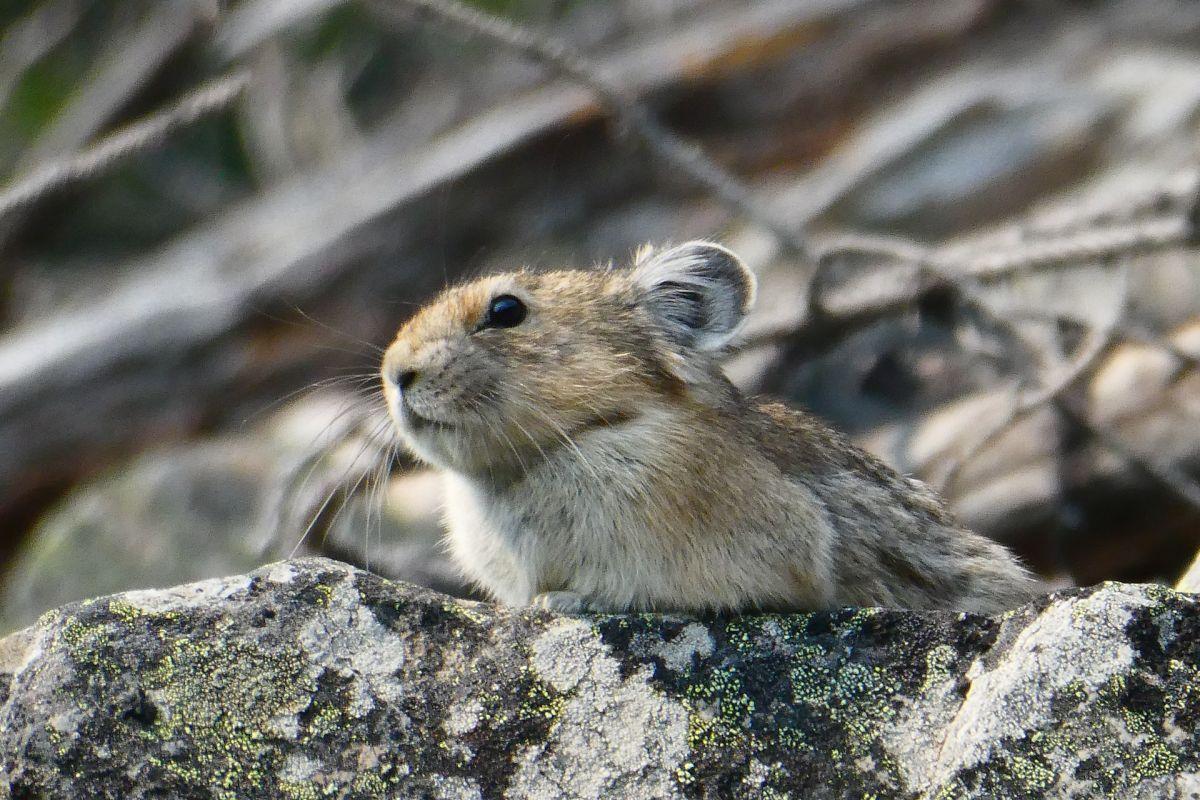
- Name: Northern pika
- Scientific name: Ochotona hyperborea
- Conservation status:
The northern pika is a small species of pika native to the mountainous areas of northeastern Asia, which primarily includes North Korea, China, and Russia. It is a rodent with a body length of about 12.5 to 18.5 cm / 4.9 to 7.3 in, and a very small tail (about 1 cm / 0.3 in).
This pika is mainly active after dawn and when the sun sets. It lives in a complex network of burrows and uses rock crevices and subterranean runaways to escape potential dangers.
3. Siberian tiger
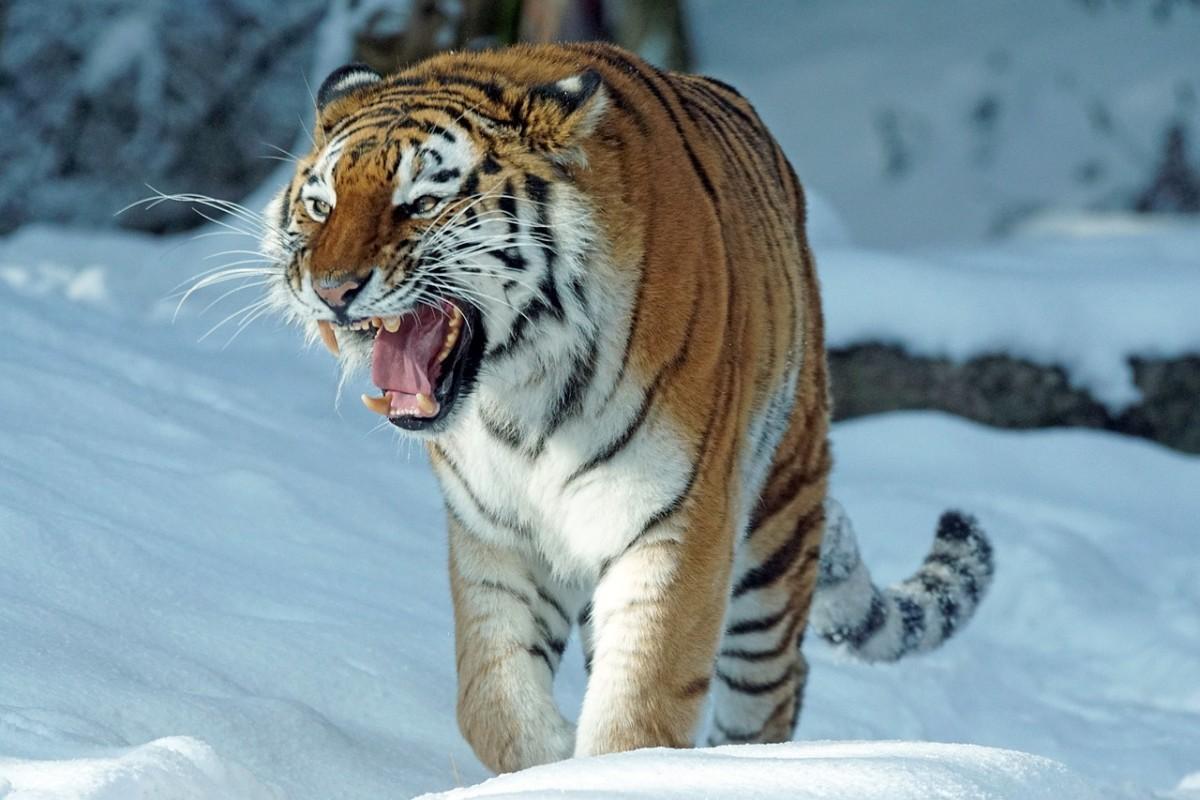
- Name: Siberian tiger
- Scientific name: Panthera tigris tigris
- Conservation status:
The Siberian tiger is one of the main symbols of North Korea, although it might be extirpated from the country. It is a subpopulation of the Mainland Asian tiger and can be found in northeastern China, on the Korean Peninsula, and in eastern Russia.
This tiger probably survives in the protected areas around Baekdu Mountain, between North Korea and China. In 2002, a man was supposedly attacked by a Siberian tiger near the North Korean border but survived.
4. Amur leopard
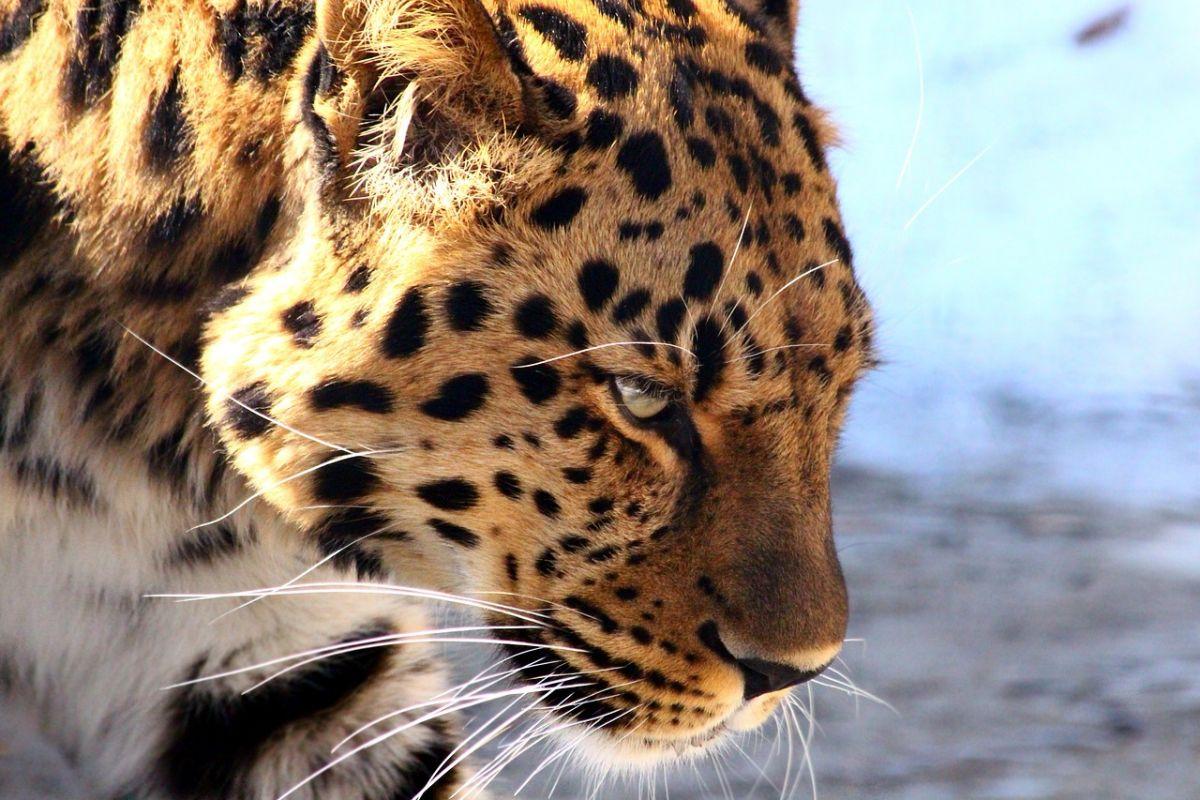
- Name: Amur leopard
- Scientific name: Panthera pardus orientalis
- Conservation status:
The Amur leopard is a subspecies of leopard native to northern China, southeastern Russia, and the Korean Peninsula. While its historic range used to be much wider, it is now restricted to a small area at the crossroads of Russia, China, and North Korea.
This leopard is one of the rarest cats on Earth, with only about 110 individuals remaining. However, its population is growing, since there were only 19 to 26 individuals in 2007.
5. Ussuri brown bear
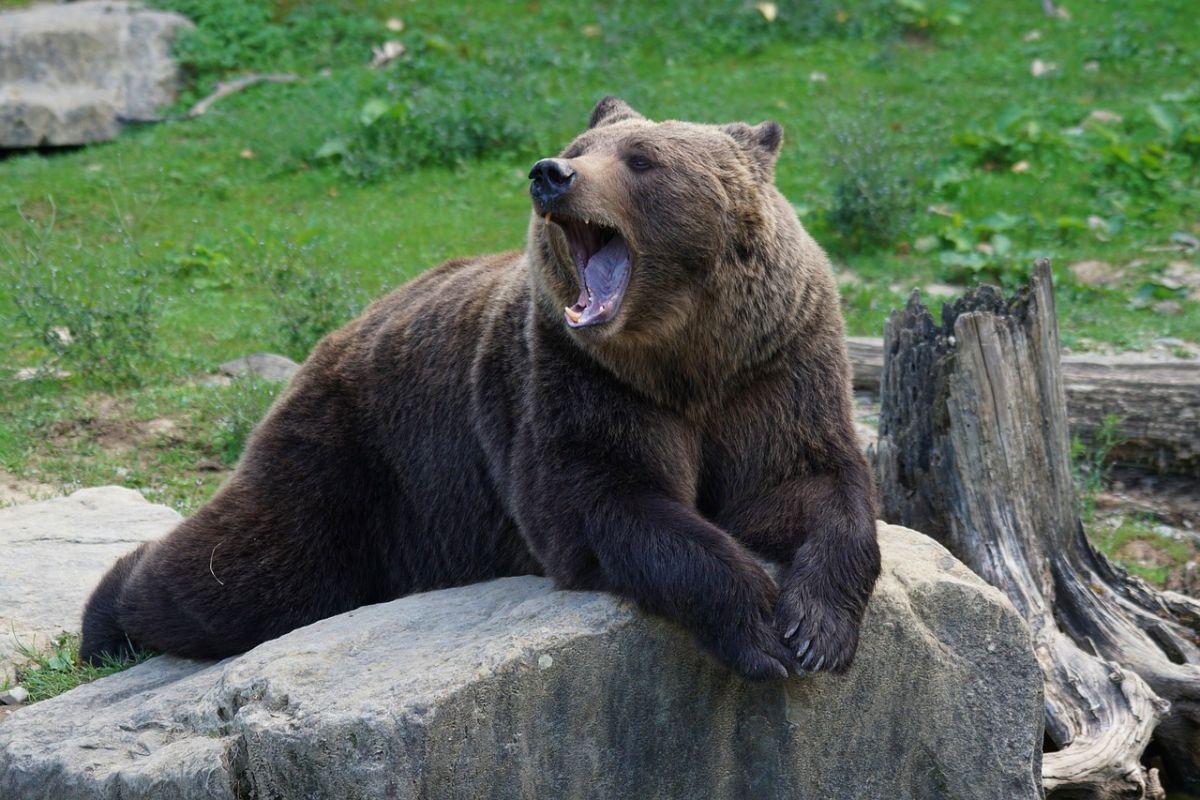
- Name: Ussuri brown bear
- Scientific name: Ursus arctos lasiotus
- Conservation status:
The Ussuri brown bear, also known as the black grizzly bear or the Ezo brown bear, is a subspecies of the brown bear native to the Korean Peninsula, northeastern China, Siberia, and Japan.
It is one of the largest bears on the planet and often spends time near people, especially fishermen in Japan. The reason for that might be that they want to avoid encountering aggressive adult males.
In North Korea, the Ussuri brown bear primarily lives in the Han Kyung Mountains and the Ja Gang Province, and they are considered national monuments in the country.
6. Dhole
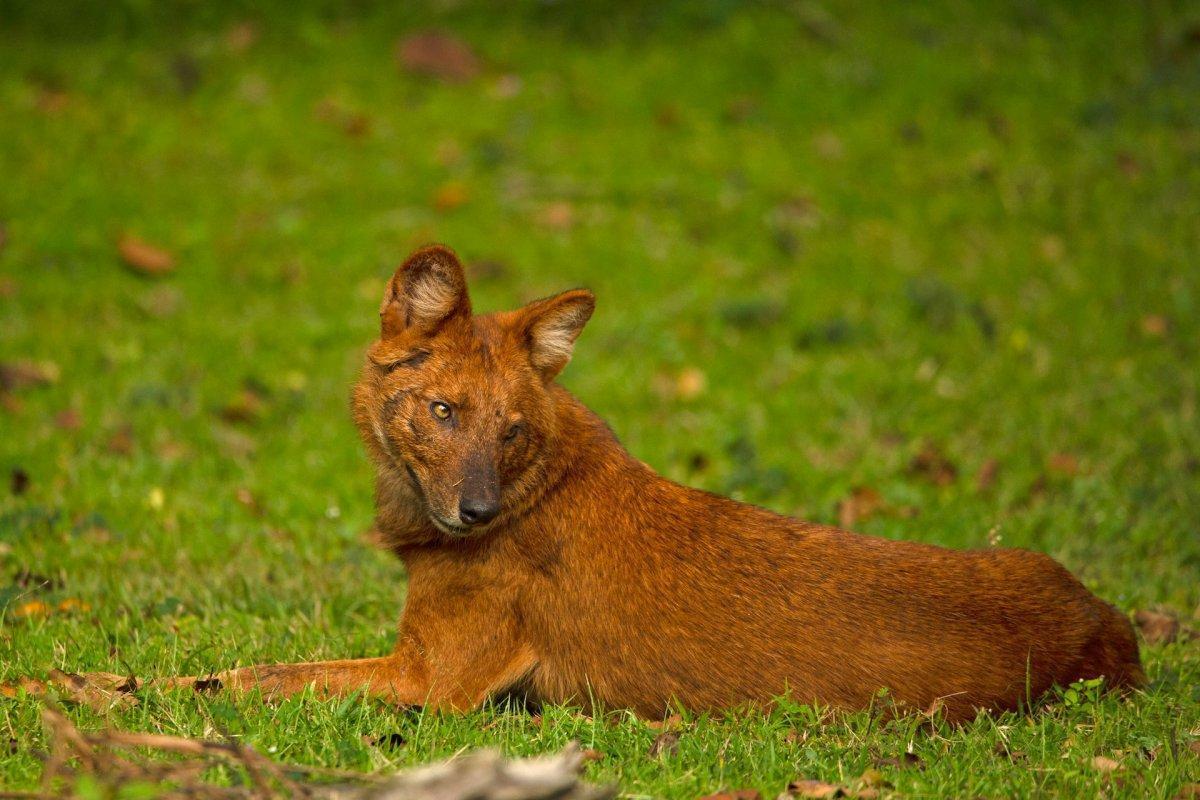
- Name: Dhole
- Scientific name: Cuon alpinus
- Conservation status:
The dhole, also known as the red dog, the whistling dog, the mountain wolf, the Indian wild dog, or the Asiatic wild dog, is a species of wild canine native to eastern, southern, southeastern, and central Asia.
While its presence is not certain in North Korea, the dhole is a highly social animal that forms large clans of about 12 to 40 individuals. It is an individualistic animal that does not have any rigid dominance hierarchy.
7. Mongolian wolf
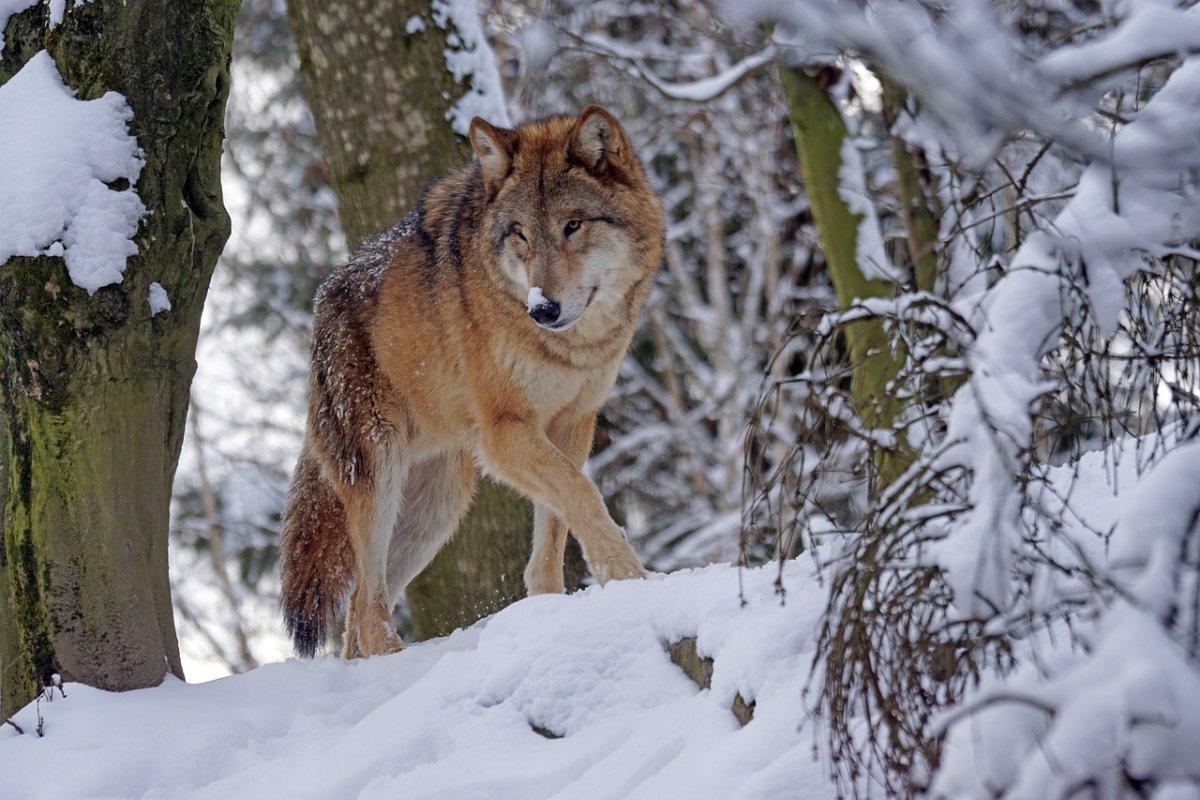
- Name: Mongolian wolf
- Scientific name: Canis lupus chanco
- Conservation status:
The Mongolian wolf is a subspecies of the gray wolf native to much of Mongolia, but also China, Russia, and the Korean Peninsula. Thanks to the decline of one of its main competitors, the Siberian tiger, this wolf is thriving, and its range is growing alongside the human expansion.
This canid is seen as a spirit animal in Mongolia, but it is not feared; instead, its fur is often used.
8. Korean fox
- Name: Korean fox
- Scientific name: Vulpes vulpes peculiosa
- Conservation status:
The Korean fox, also known as the Korean red fox, is a subspecies of the red fox that lives in Korea, China, and Russia. Although it was abundant throughout North and South Korea until the 1960s, it suffered large declines because of illegal hunting for its fur, as well as poisoning and habitat fragmentation and loss.
This fox is on the brink of extinction, but reintroduction programs have been launched, especially in the Seoul Zoo and South Korea.
9. Manchurian sika deer
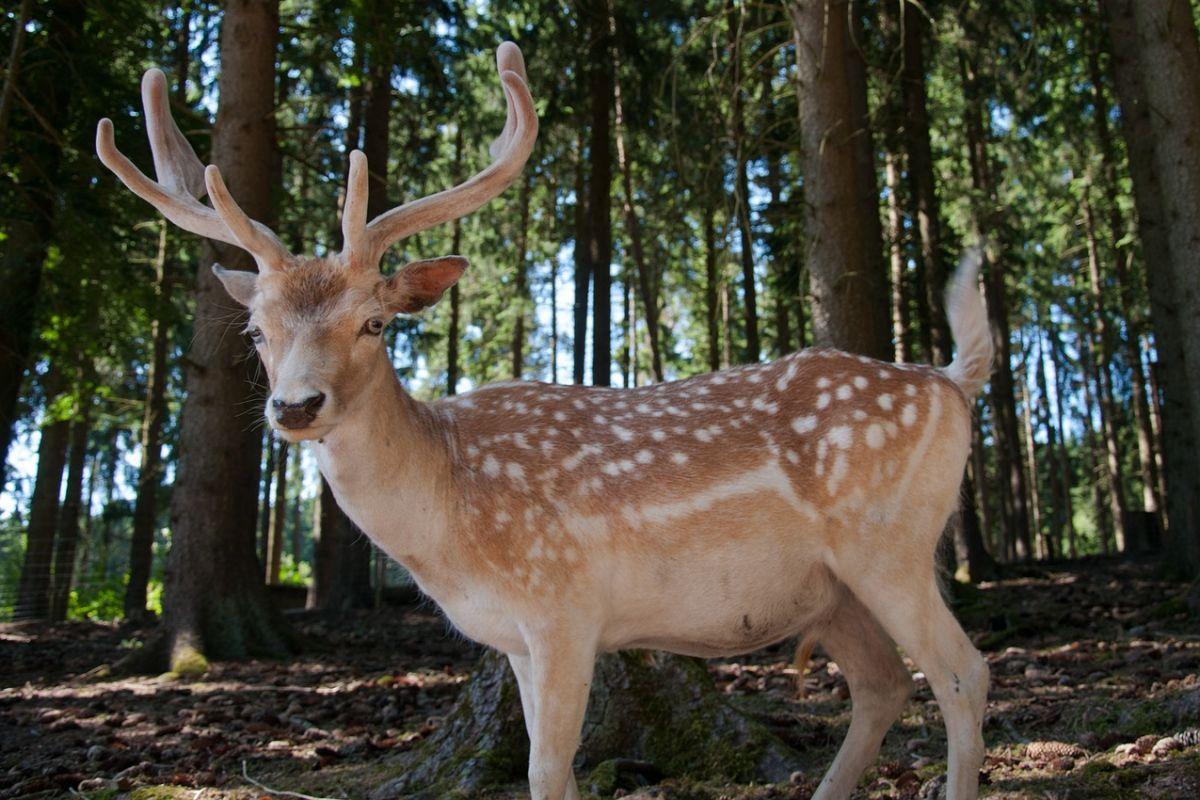
- Name: Manchurian sika deer
- Scientific name: Cervus nippon mantchuricus
- Conservation status:
The presence of the Manchurian sika deer, also known as Dybowski’s sika deer, is not certain. It is considered of least concern, and is the largest of the 14 subspecies of sika deer, but might be extirpated from North Korea.
This deer was formerly found in areas such as Manchuria (from which it gets its name; a northeastern Chinese region), the Korean Peninsula, and Russia. Nowadays, there are probably 9,000 individuals spread across Russia, but they could have already disappeared from Korea and China.
10. Spotted seal
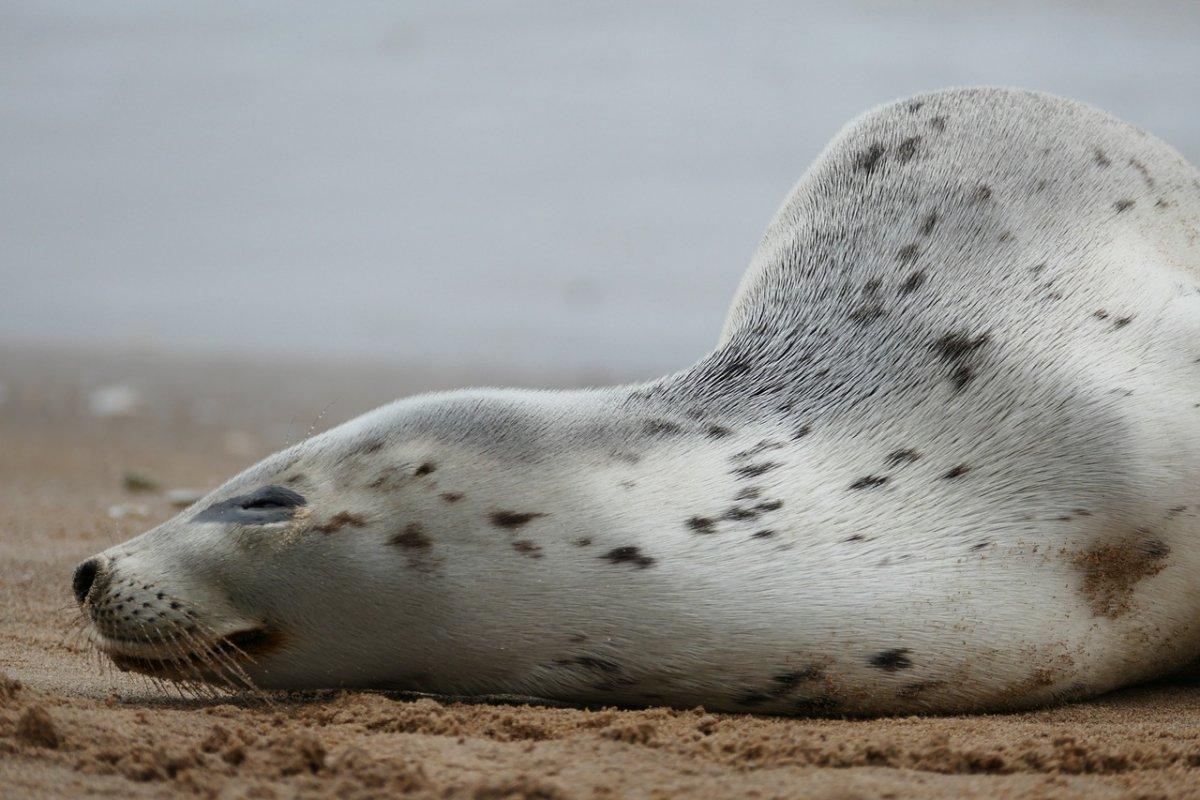
- Name: Spotted seal
- Scientific name: Phoca largha
- Conservation status:
The spotted seal, also known as the larga seal or the largha seal, is a species of pinniped native to the northern parts of the Pacific Ocean, which includes coastlines of countries such as North and South Korea, Russia, China, Japan, and the United States (Alaska).
This seal, although considered of least concern, for now, is on the decline, primarily due to global warming and the reduction in arctic ice floes.
11. Eurasian lynx
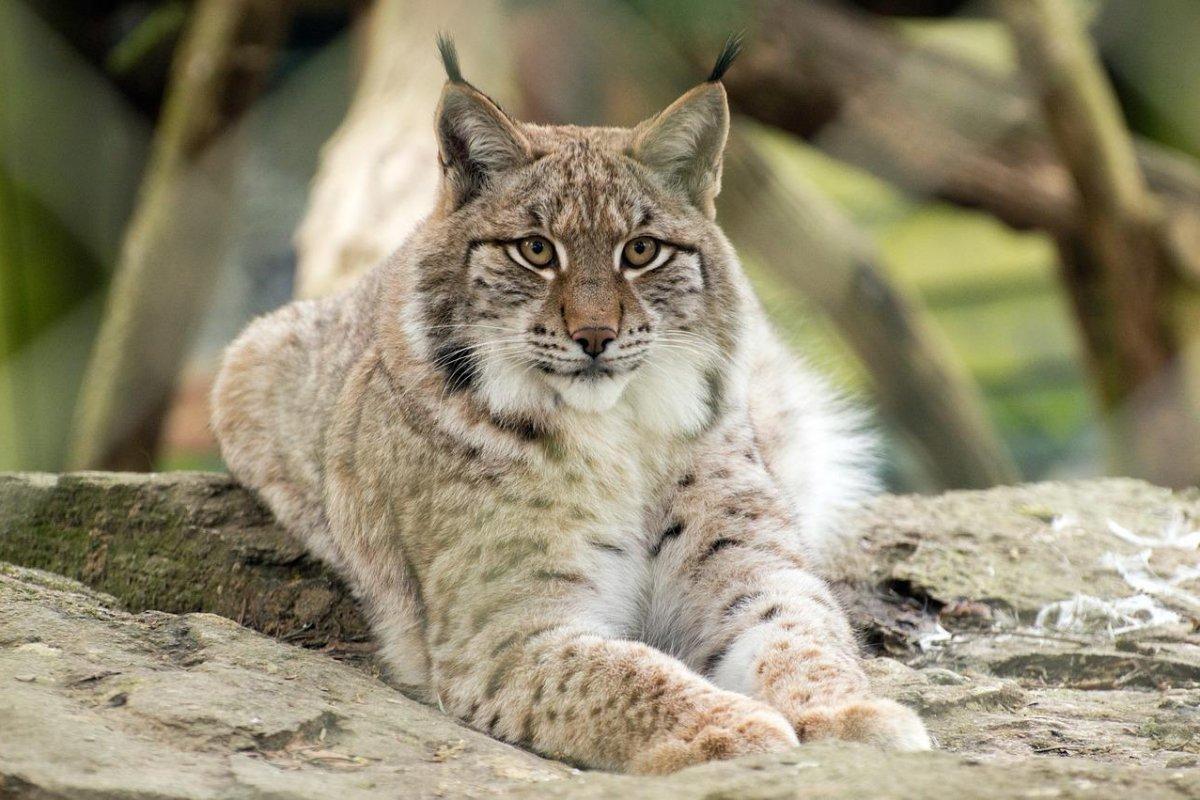
- Name: Eurasian lynx
- Scientific name: Lynx lynx
- Conservation status:
The Eurasian lynx is a medium-sized species of wild cat native to much of Eurasia, from France in the west to northeastern Russia, the Korean Peninsula, and China in the east. It is particularly elusive and hides in the heights of mountain ranges such as the Himalayas or the Tibetan Plateau.
This cat species with tufted ears is very widespread and has large numbers, but is still threatened by habitat fragmentation and loss, depletion of prey, and poaching.
12. Northern sei whale
- Name: Northern sei whale
- Scientific name: Balaenoptera borealis borealis
- Conservation status:
The northern sei whale is a subspecies of the sei whale, the third-largest rorqual in the world, after the blue whale and the fin whale. It can be found in deep, offshore waters of the oceans around the Northern Hemisphere, and its southern counterpart is named… the southern sei whale.
This whale consumes an average of 900 kg / 2,000 lb of food per day, which is primarily krill and zooplankton. Despite its massive size of up to 19.5 m / 64 ft and its bulk of 28 t / 28 long tons, it can reach incredible speeds of up to 50 km/h / 31 mph!
13. Spinner dolphin
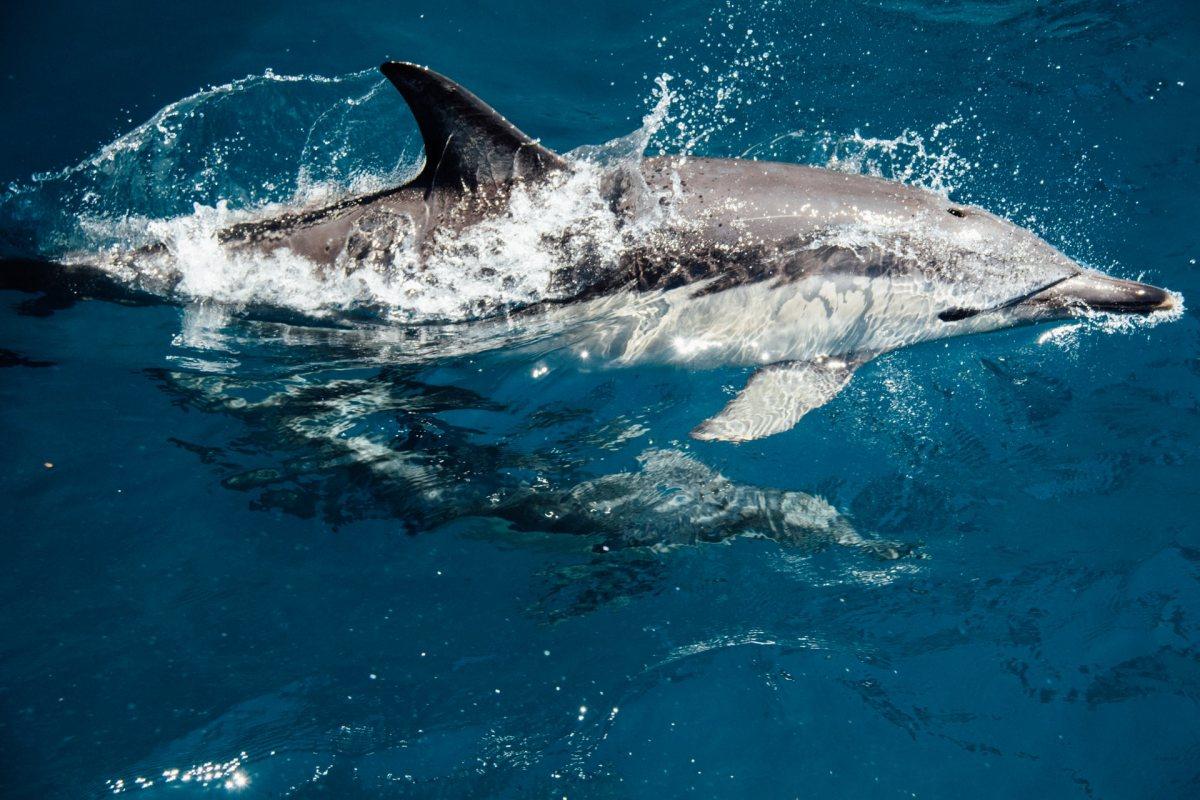
- Name: Spinner dolphin
- Scientific name: Stenella longirostris
- Conservation status:
The spinner dolphin is a small species of dolphin that can be found in temperate, subtropical, and tropical waters around the world, although it prefers tropical areas. It is known for its fantastic acrobatic displays and is able to rotate on itself while leaping out of the water.
This dolphin is a small cetacean with a slim body, and it dives 200 to 300 m / 656 to 984 ft to feed on fish, squids, and shrimps.
14. Amur hedgehog
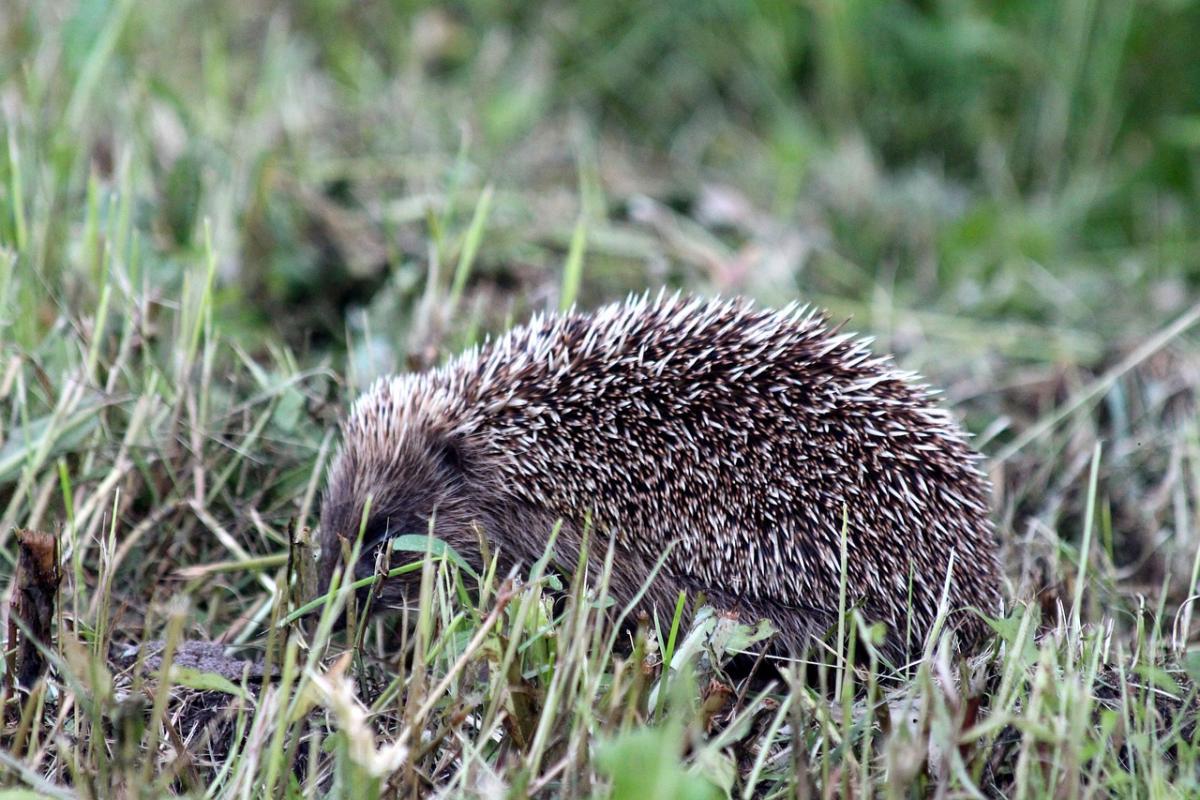
- Name: Amur hedgehog
- Scientific name: Erinaceus amurensis
- Conservation status:
The Amur hedgehog, also known as the Manchurian hedgehog, is a species of hedgehog very similar to its famous counterpart, the European hedgehog, in terms of behavior and appearance. It is native to the eastern parts of Asia, which includes the Korean Peninsula, China, and Russia.
This hedgehog uses hearing and scent to locate its prey, and, similarly to other hedgehogs, makes a pig-like grunt when foraging (which is why they are named hedgehogs, by the way!).
15. Siberian chipmunk
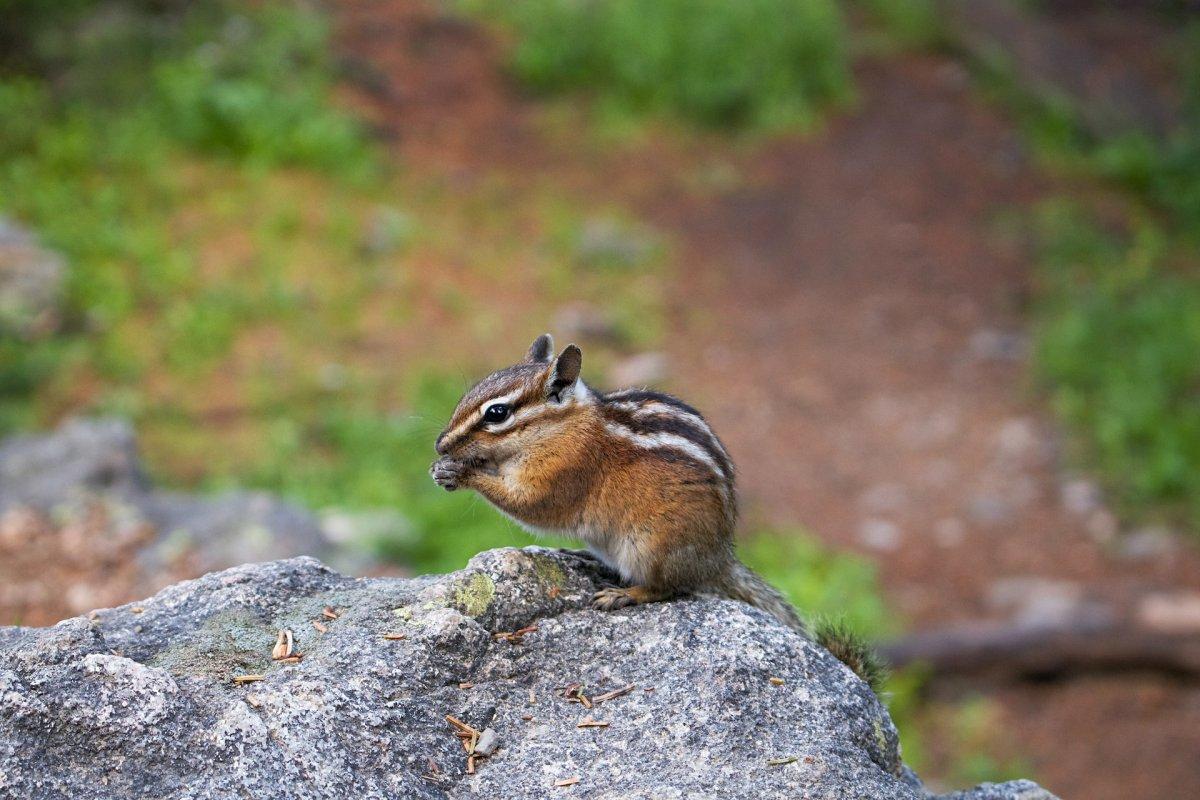
- Name: Siberian chipmunk
- Scientific name: Eutamias sibiricus
- Conservation status:
The Siberian chipmunk, also known as the common chipmunk, is a small species of rodent native to a vast area of Asia, which mainly encompasses Russia, Kazakhstan, China, North and South Korea, and Mongolia.
It is a brown rodent with white stripes and was imported to Europe from South Korea during the 1960s when it was often kept as a pet. Since 2016, it has been declared an invasive species and it is now forbidden to bring one into the European Union.
16. Siberian flying squirrel
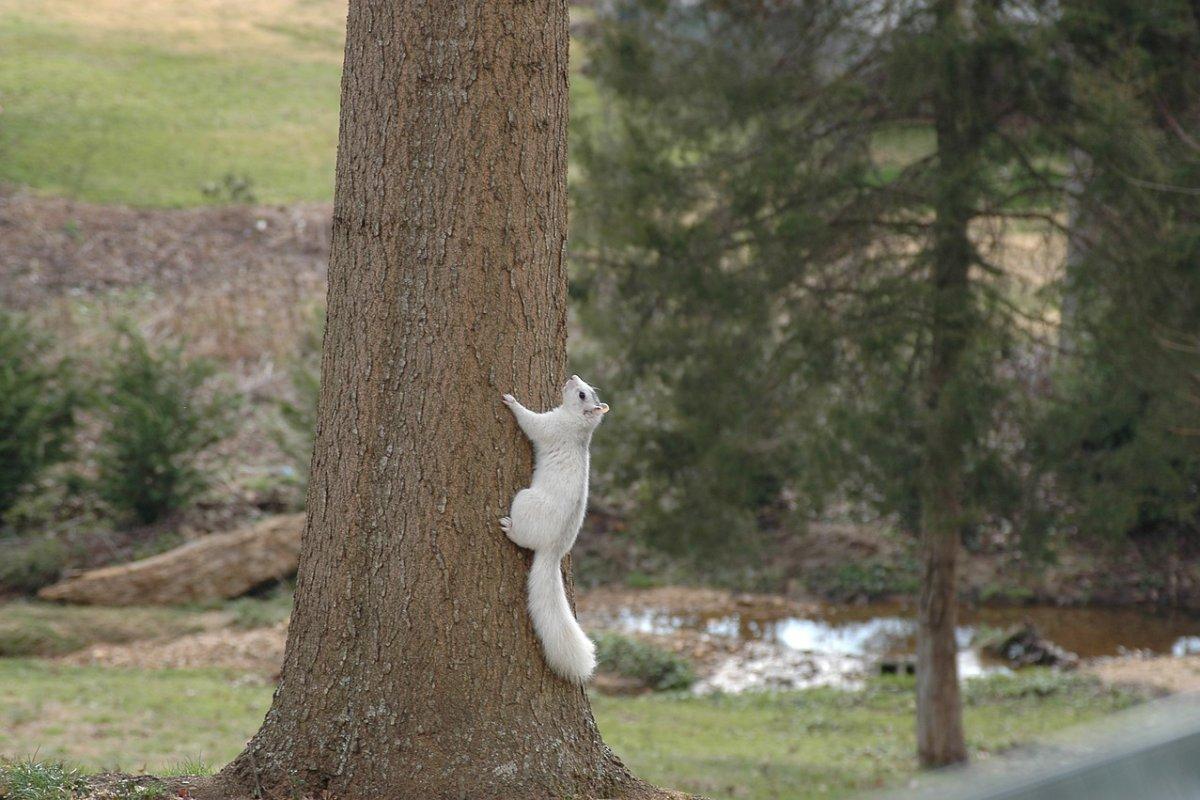
- Name: Siberian flying squirrel
- Scientific name: Pteromys volans
- Conservation status:
The Siberian flying squirrel is a species of Old World flying squirrel native to the northern half of Asia, mainly in Russia, but also in China and North Korea; it can also be found in the European Union (namely in Finland, Latvia, and Estonia), where it is considered vulnerable to extinction.
This squirrel primarily feeds on leaves, buds, seeds, cones, nuts, berries, and sprouts, but also on bird eggs and nestlings. It gets its name from its ability to glide from tree to tree.
17. Eurasian otter
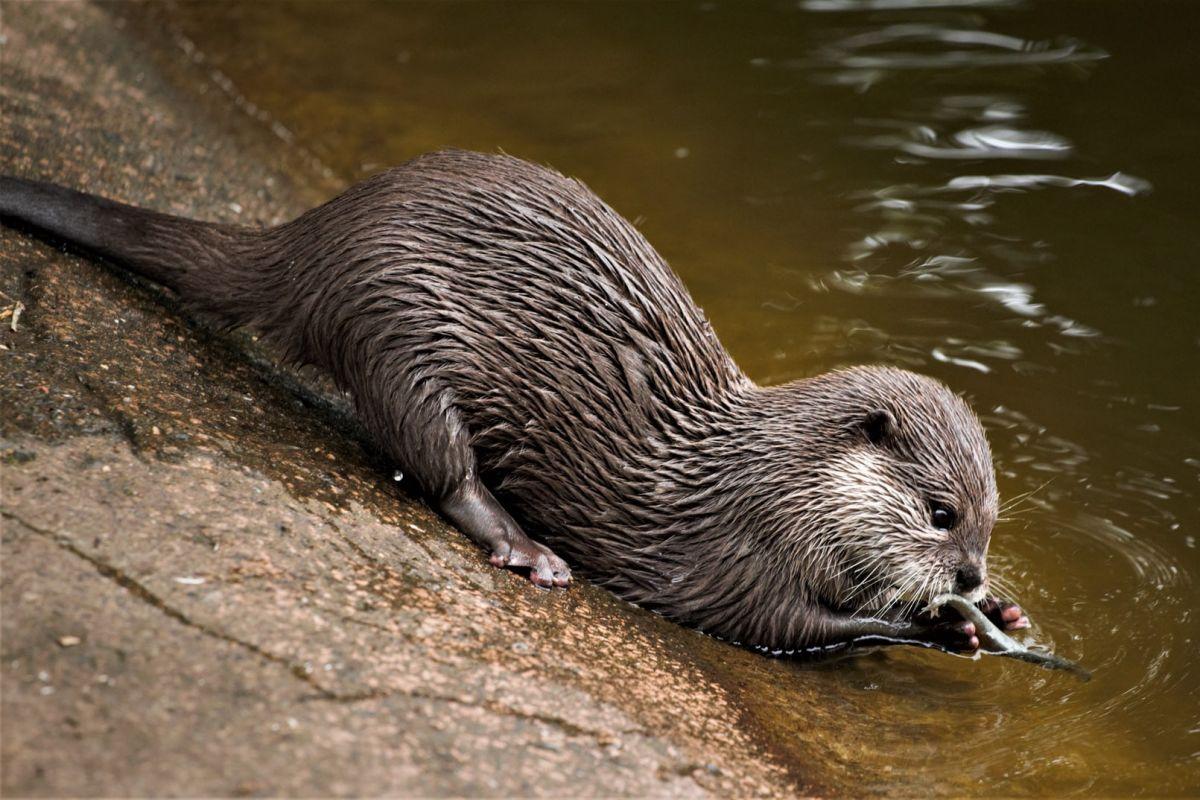
- Name: Eurasian otter
- Scientific name: Lutra lutra
- Conservation status:
The Eurasian otter, also known as the common otter, the Eurasian river otter, or the Old World otter, is a species of semi-aquatic mammal native to much of Eurasia, from the United Kingdom, the Iberian Peninsula and the northwestern tip of Africa to the far east of Russia and China, as well as southeastern Asia and the Indian subcontinent.
This otter is carnivorous and feeds on fish, and it can be found in the waterways and coasts of the Korean Peninsula.
18. Eastern imperial eagle
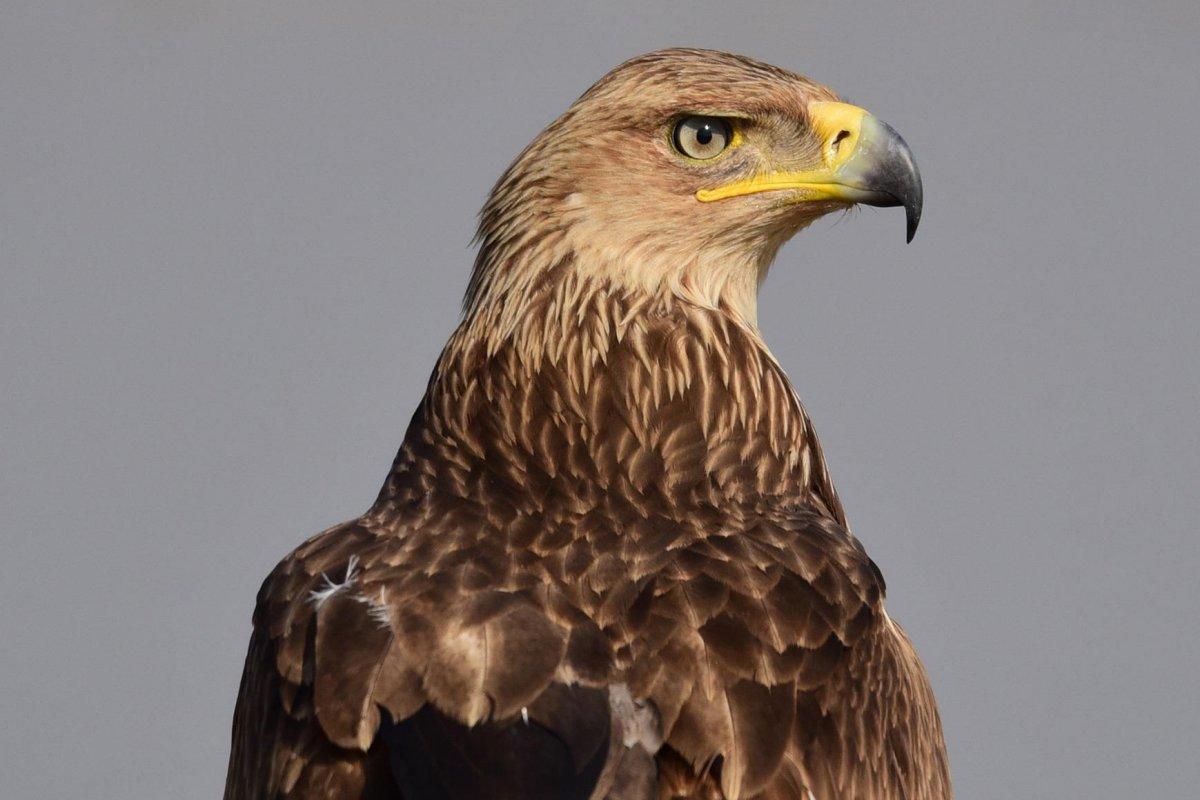
- Name: Eastern imperial eagle
- Scientific name: Aquila heliaca
- Conservation status:
The Eastern imperial eagle is a large species of bird of prey breeding in southeastern Europe and into West and Central Asia, and migrating to more southern areas such as the Indian subcontinent and the Korean Peninsula.
This eagle is dark-colored and is an opportunistic predator that feeds on small mammals, but also on a wide variety of other birds, reptiles, and even carrion. Its global population, despite being widespread, is fairly small, and it is listed as vulnerable to extinction because of habitat loss, depletion of prey, and persecution.
19. Cinereous vulture
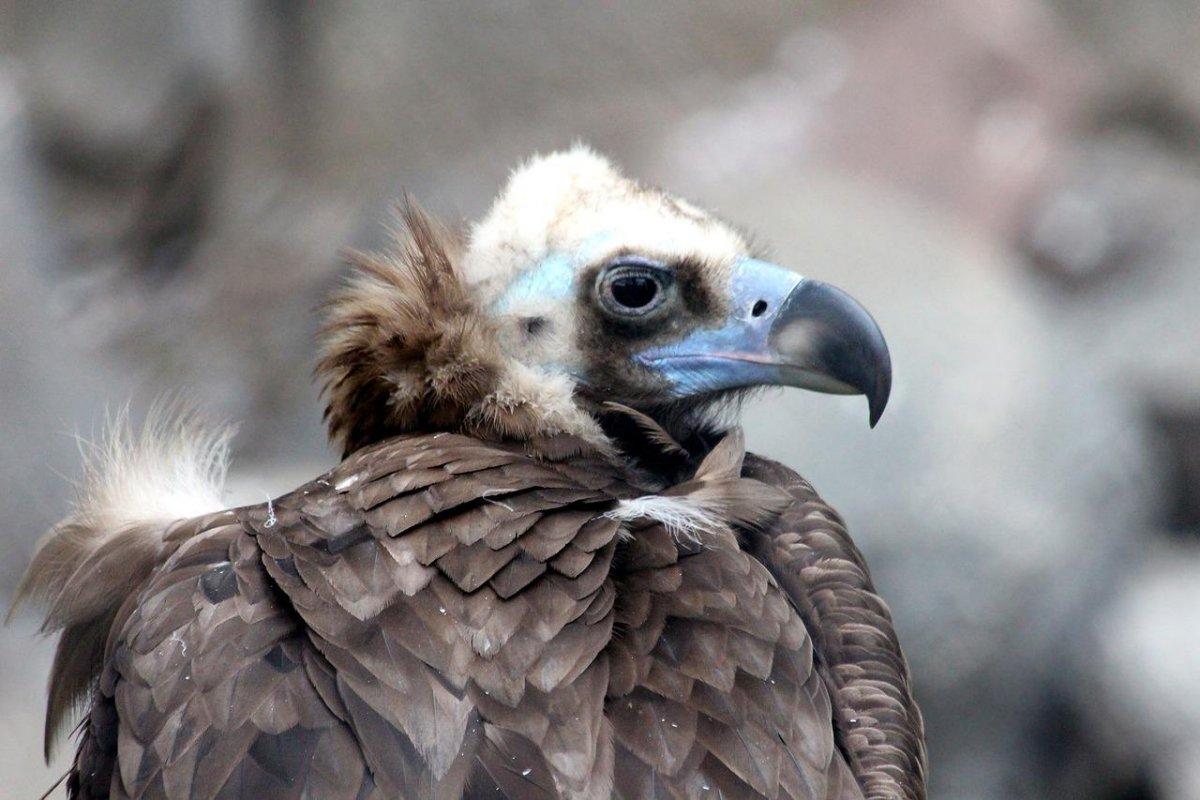
- Name: Cinereous vulture
- Scientific name: Aegypius monachus
- Conservation status:
The cinereous, also known as the black vulture or the monk vulture, is a large species of raptor native to temperate Eurasia. It is also a migratory bird, which breeds in Central and northern Asia, and spends the winter in southern areas such as southwestern Europe, the Middle East, and the Korean Peninsula.
This vulture is a scavenger, and it is particularly powerful, being able to break apart bones, such as ribs, to access the flesh of large animals.
20. Japanese sea lion
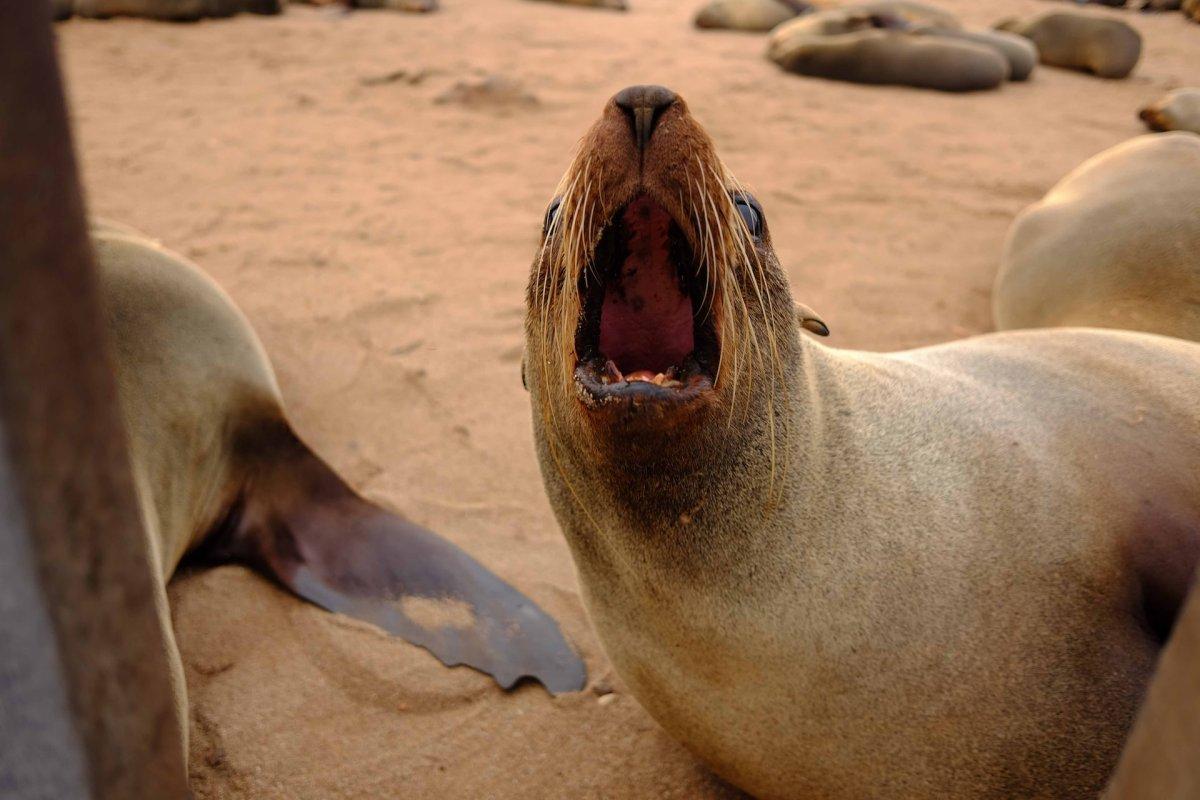
- Name: Japanese sea lion
- Scientific name: Zalophus japonicus
- Conservation status:
The Japanese sea lion was a species of aquatic mammal that became extinct during the 1970s. It was considered a subspecies of the California sea lion, commonly seen in the docks of cities such as San Francisco. It was hunted commercially to extinction, starting at the beginning of the 20th century.
This sea lion was extensively searched in 2007, but nothing was found. In order to attempt and revive this subpopulation, sea lions from the United States might be introduced to the Korean Peninsula and Japan, which could lead to a growth of ecotourism.
21. Steller’s sea eagle
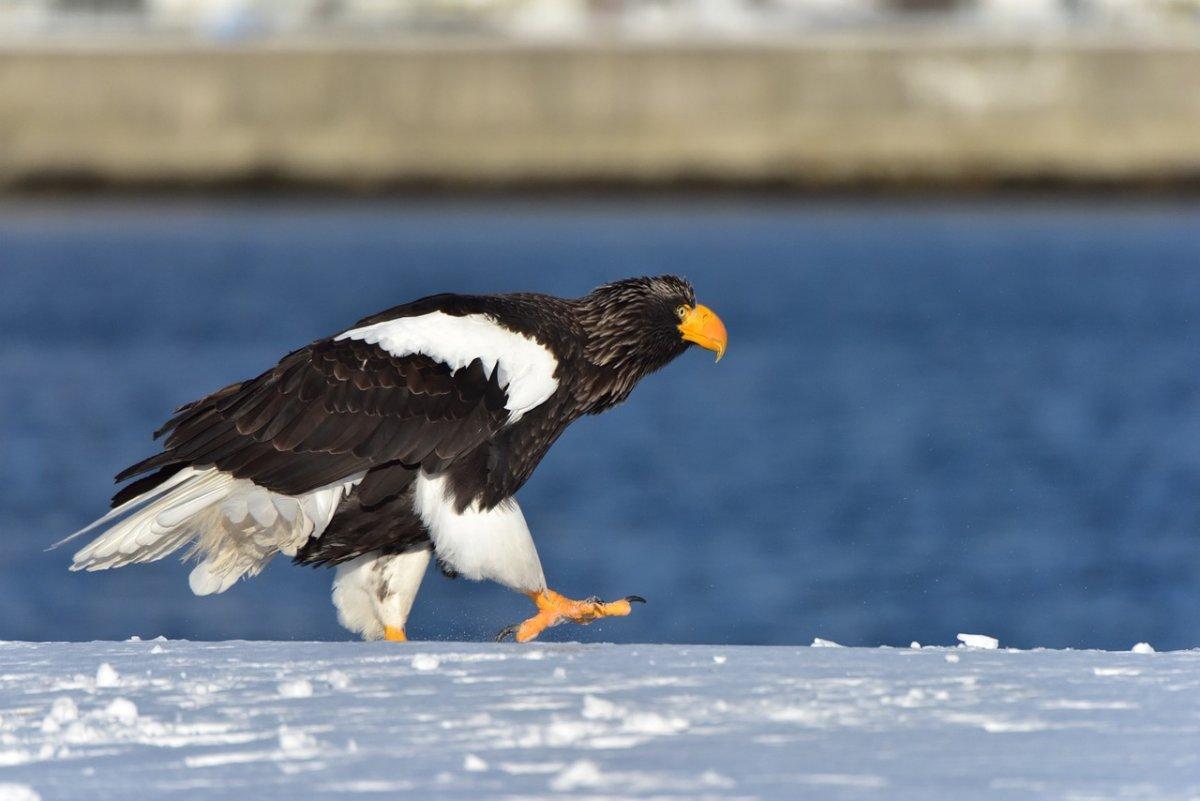
- Name: Steller’s sea eagle
- Scientific name: Haliaeetus pelagicus
- Conservation status:
What a way to end this list! Steller’s sea eagle, also known as the white-shouldered eagle or the Pacific sea eagle, is the heaviest eagle in the world, and one of the largest ones. It is active by day and can be found in the northern half of the Pacific, mainly around the coastlines of the Korean Peninsula, China, Russia, and Japan.
This eagle has a distinctive, deep barking cry, and its beak is incredibly large. Its diet is primarily made of fish such as salmon and trout.
—
So there you have them, these were my 21 native animals of North Korea. I hope you enjoyed this list and that you learned something new today.
In case you want to learn more about animals in the country, feel free to keep reading, as I still have lots of things to tell you about:
Endangered Animals of North Korea
This is definitely the saddest part of the list, but it is very important to raise awareness. Because of this, let’s go through the list of endangered animals in North Korea.
Here are the animals in danger of extinction in North Korea.
- Japanese sea lion
- Chinese sturgeon
- Sand tiger shark
- Baer’s pochard
- Bowmouth guitarfish
- Spoon-billed sandpiper
- and 4 more…
- Siberian tiger
- Black-faced spoonbill
- Asian crested ibis
- Dhole
- Giant manta ray
- and 33 more…
To see the full list of endangered species in North Korea, head over to the International Union for Conservation of Nature’s Red List.
What is the National Animal of North Korea?
The national animal of North Korea is Chollima.
Although North Korea has no official national animal, the mythological winged horse Chollima is the main emblem of the country, alongside the national dog, the Pungsan dog, the national bird, the northern goshawk, and the North Korean Siberian tiger.
Chollima is a mythical horse depicted in Chinese classics. It is so swift and elegant that it cannot be mounted by any mortal man. In North Korea, it symbolizes the fast advancement of society, heroism, fighting spirit, and innovations, and several statues of Chollima can be seen in Pyongyang.
How Many Animals Native to North Korea?
What is the diversity of native animals in North Korea?
Let’s look at the total number of species of Chordata (mammals, birds, fishes, and reptiles).
Total number of animal species in North Korea: 838 (7,035 in total in East Asia)
More About Animals in the World!
Loved these North Korea animal facts? Want to see what animals live in other countries?
Then check out these posts:
Or click here to see ALL the facts up on the blog! Spoiler alert: there’s A LOT of them.
Share the knowledge! Click on the buttons below to share information about these famous animals in North Korea with your friends, and help them learn more about the world 🙂


![19 Wild Animals in Queensland [Wildlife in Queensland]](https://www.kevmrc.com/wp-content/uploads/2023/01/19-wild-animals-in-queensland-australia.jpg)
![35 Wild Animals in Uganda [Wildlife in Uganda]](https://www.kevmrc.com/wp-content/uploads/2022/12/35-wild-animals-in-uganda.jpg)
![50 Wild Animals in Brazil [Wildlife in Brazil]](https://www.kevmrc.com/wp-content/uploads/2022/06/50-wild-animals-in-brazil.jpg)